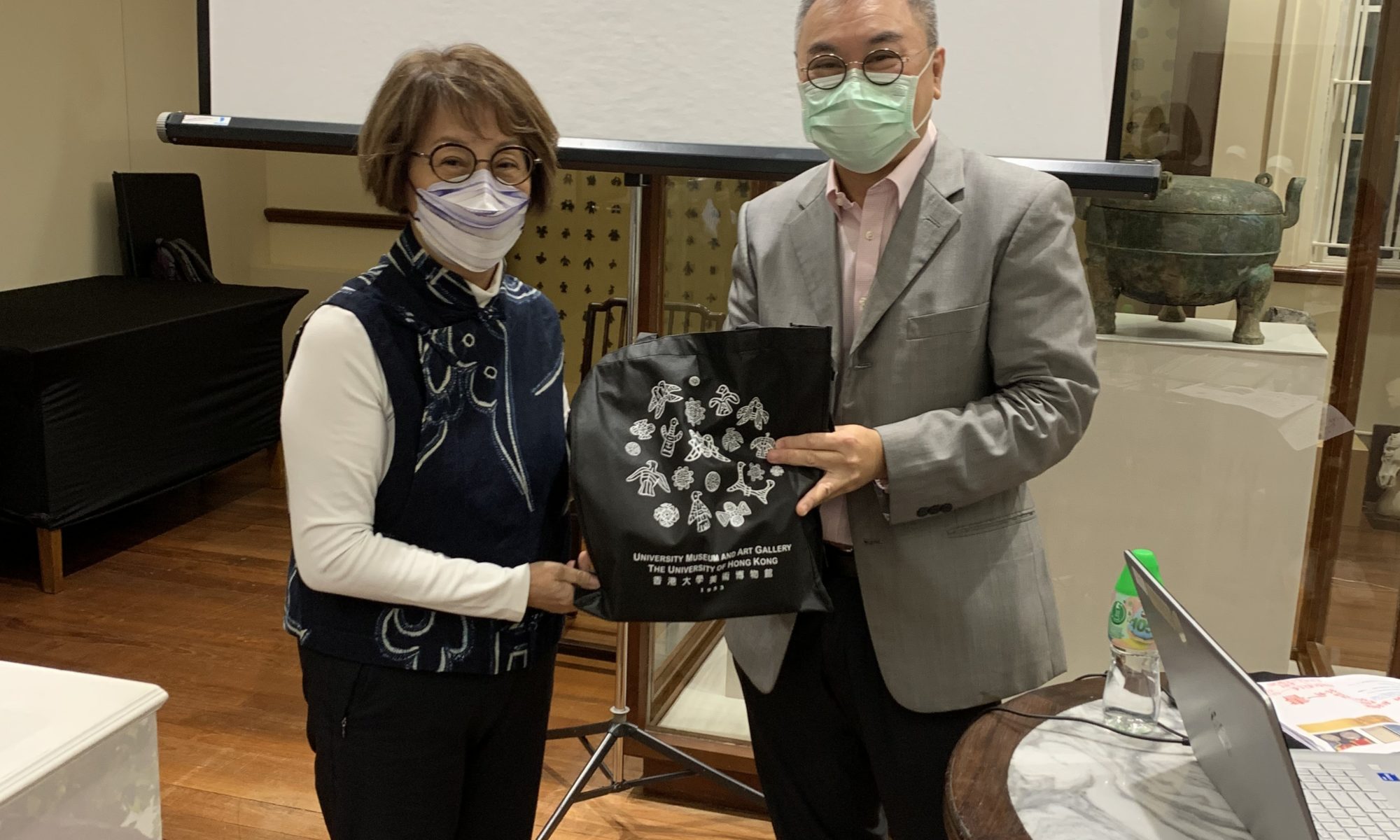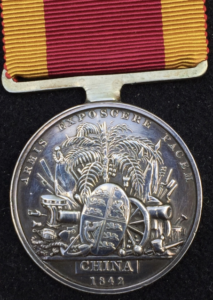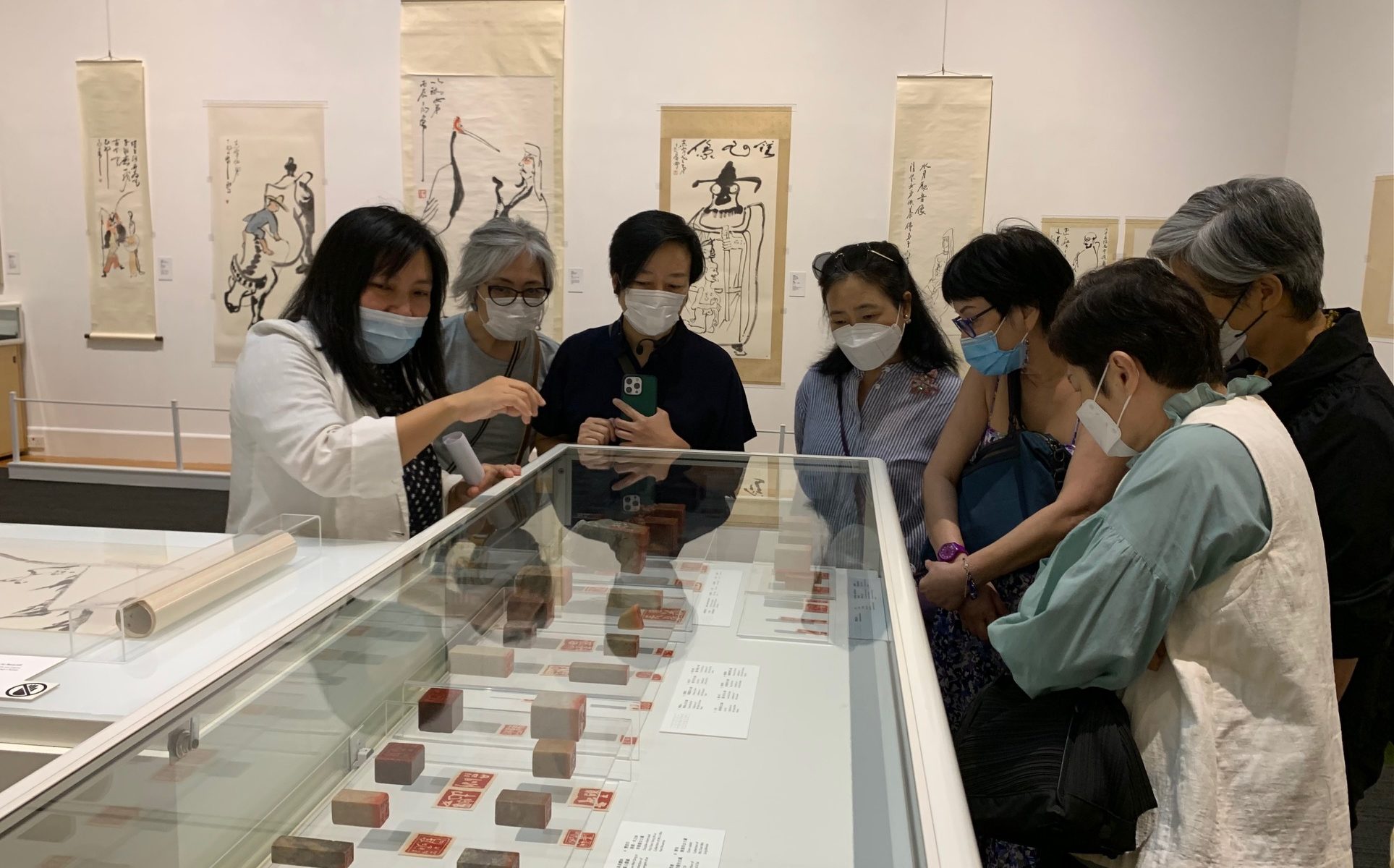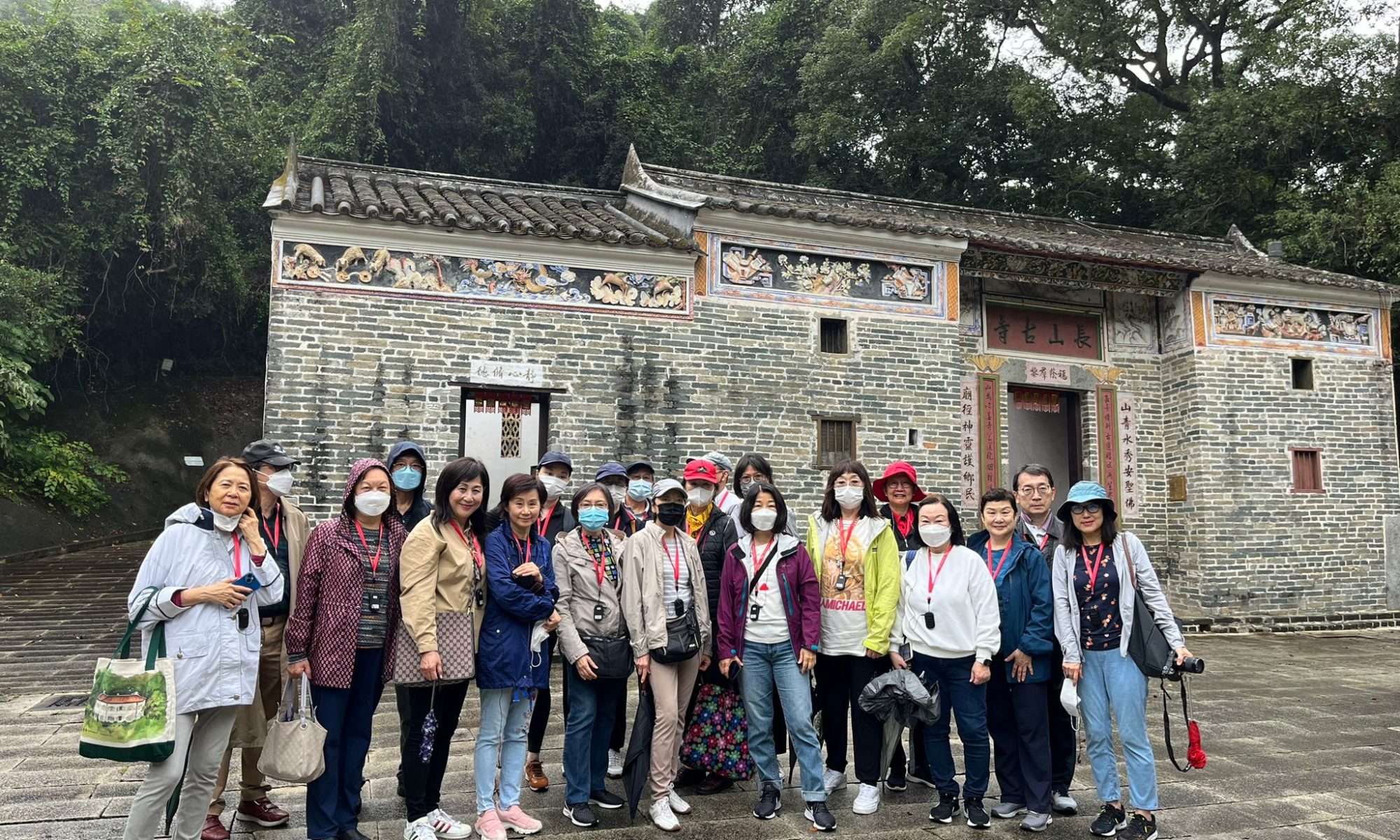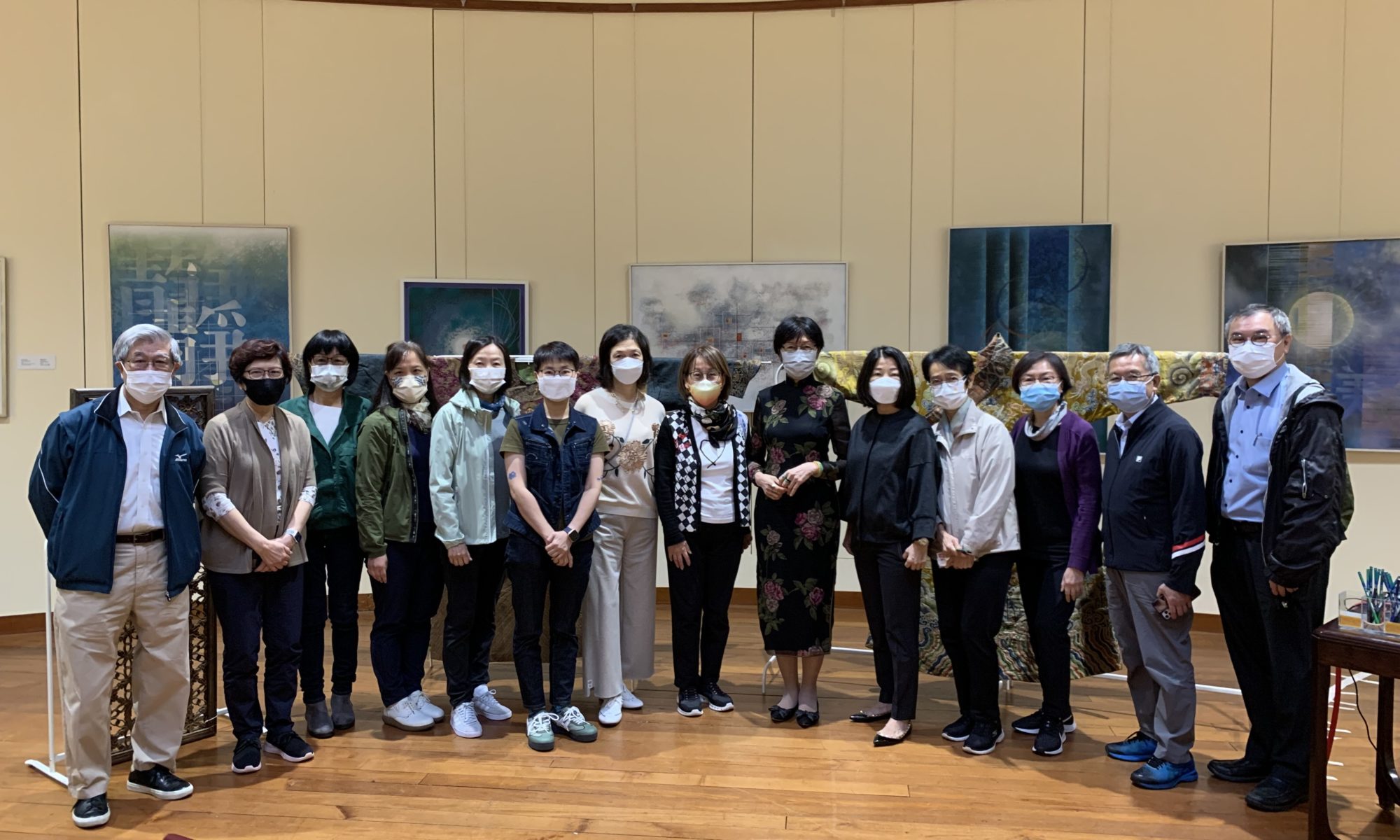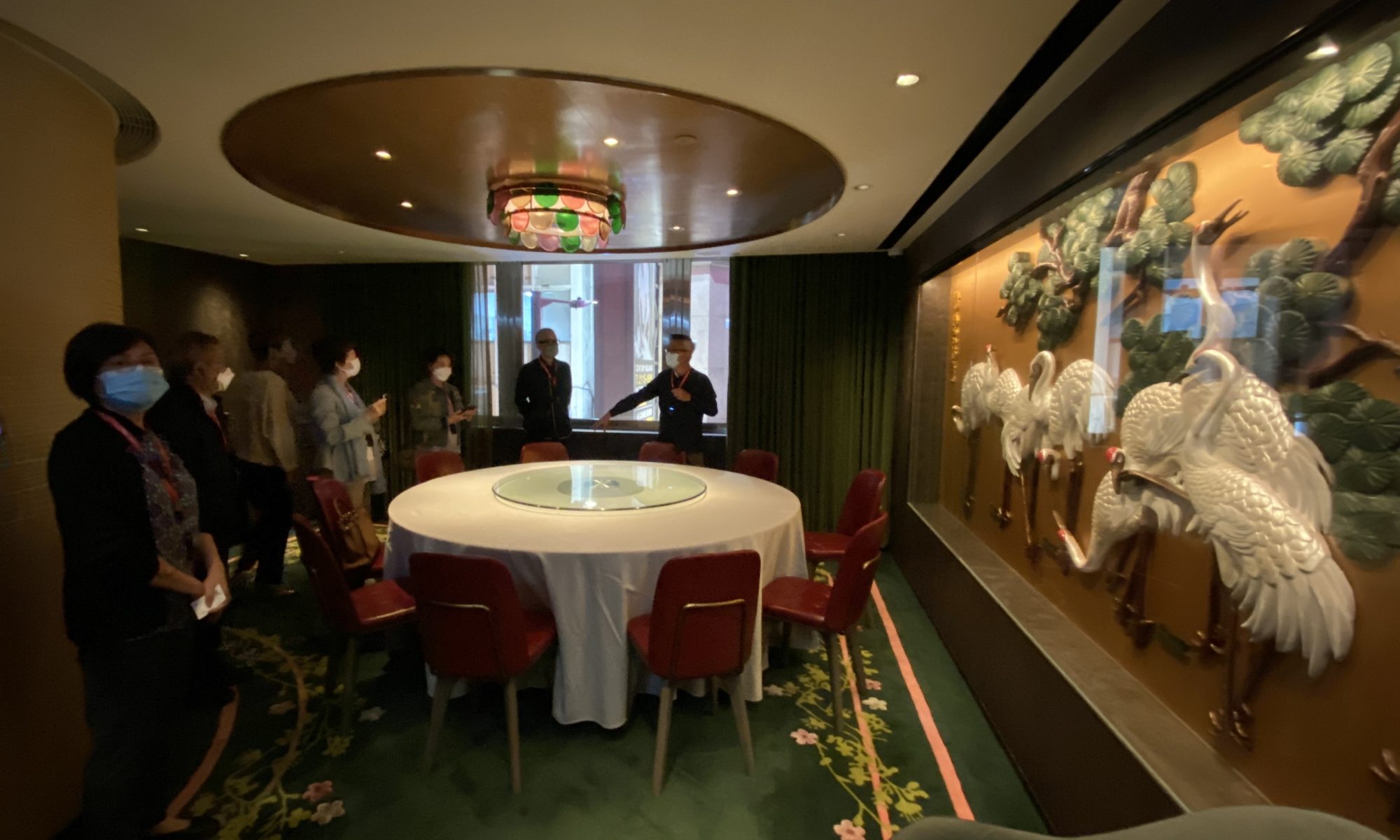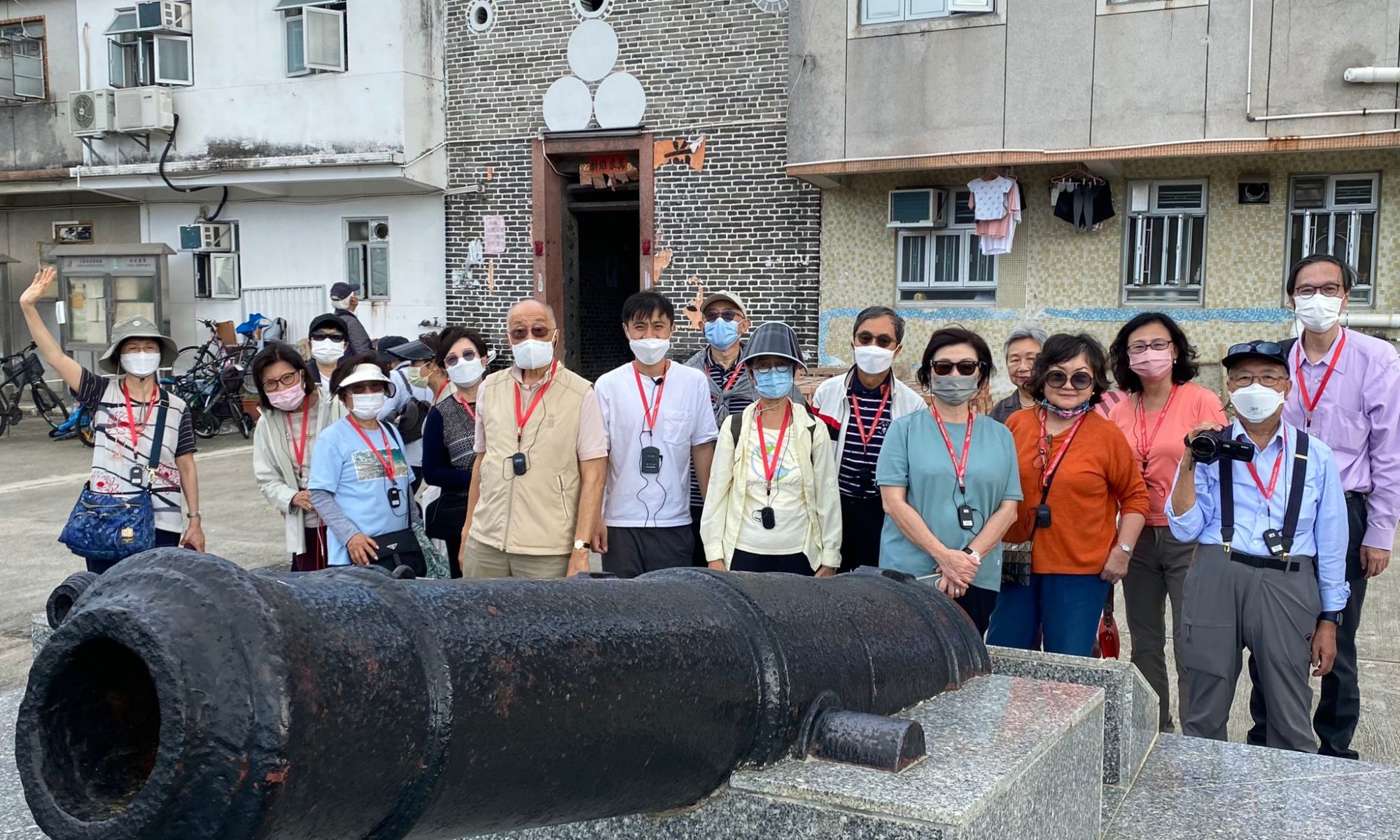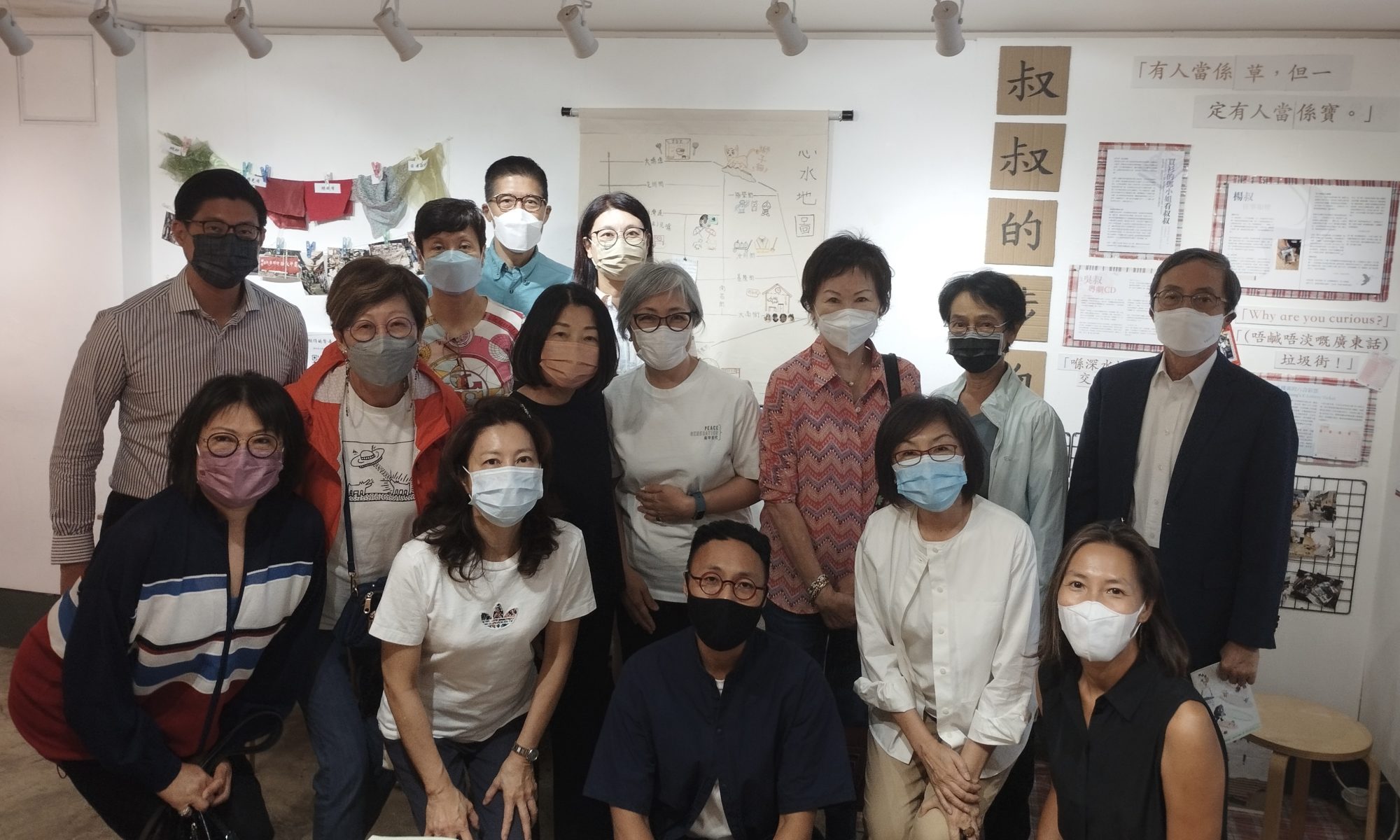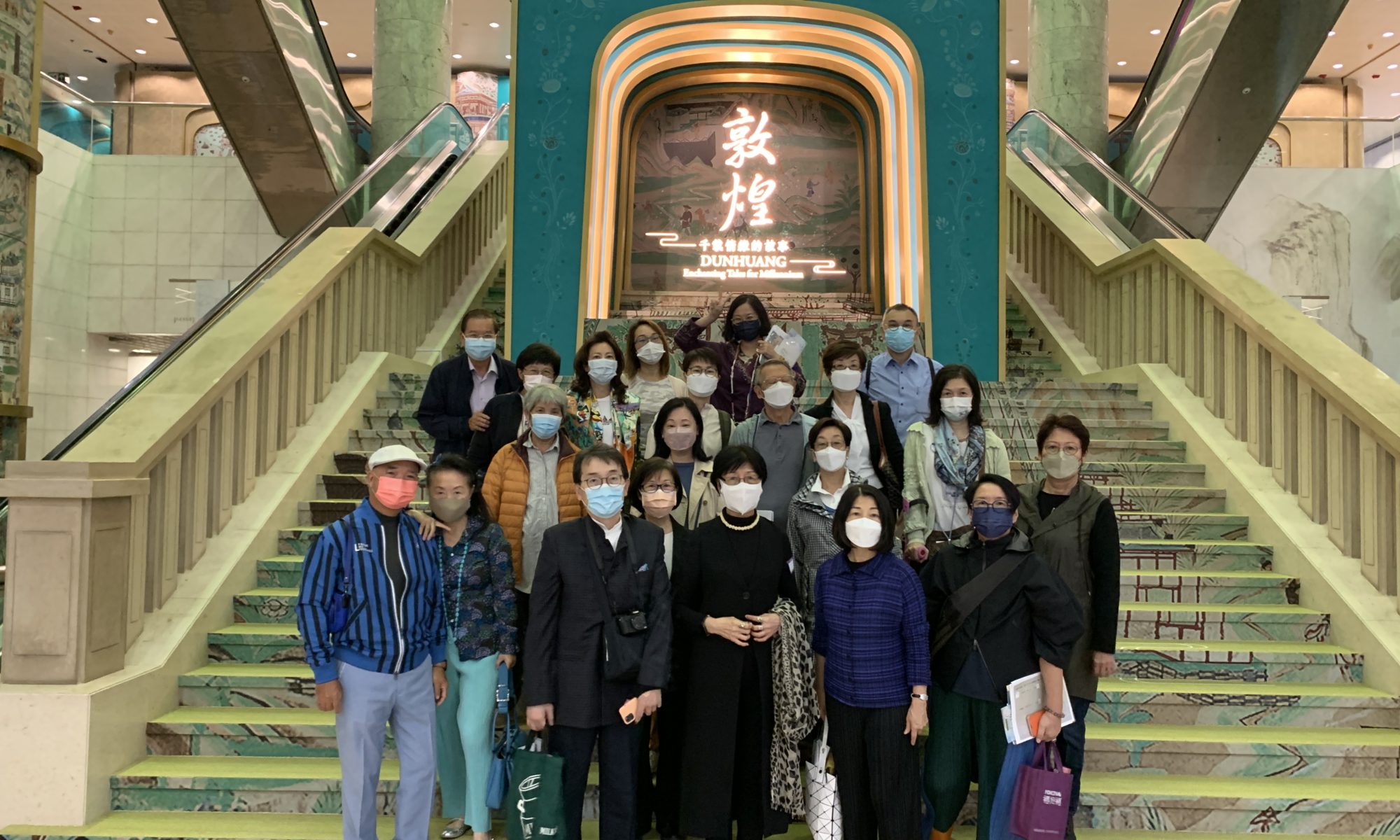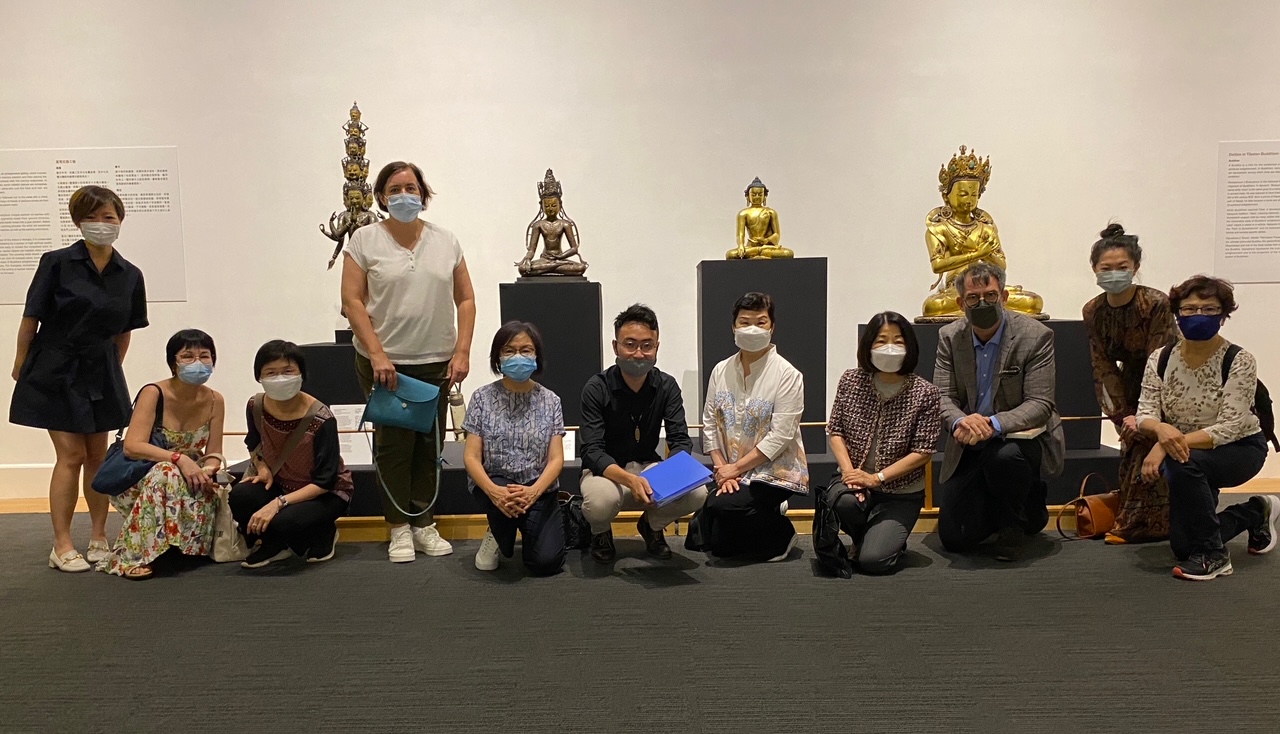Synopsis
The Opium War marked the beginning of modern China. As the consequence of the Treaty of Nanking, the Manchu Government fell into the abyss of repeated military defeats and hence national humiliations which resulted in its eventual overthrow. The general explanation of the defeat of the Manchu in the war was due to British warships’ sturdy construction and cannons’ high power. But the research into the details reveals a lot of surprising findings. The talk will focus on the books, drawings and medals of the 1840s, with the purpose of re-exploring the critical points of the war through the people, objects and perspectives of that time, which might serve as inspiring lessons for today.
鴉片戰爭揭開中國近代史的序幕,隨着南京條約的簽訂,滿清政府墮入不斷戰敗及喪權辱國的深淵,至最後覆亡。外夷船堅砲利一向是解釋滿清戰敗的普遍說法,但英軍在鴉片戰爭中是如何「船堅砲利」,當中的細節卻是出人意表。本講座聚焦於1840年代的書籍、畫作及勳章,透過當時的人、物和觀點,重新探索戰爭勝負的關鍵,並對今天的啟示。
Speaker
Kwok King Cheung Bassanio is a researcher and a seasoned collector of Chinese Orders and Medals of the late Manchu and early Republican periods, some of which were exhibited in the “Beiyang Warlords: War and Politics” exhibition at the Dr Sun Yat-sen Museum. A long-standing member of the HKU Museum Society, he has presented talks at the Dr. Sun Yat-sen Museum and the University Museum and Art Gallery, HKU – “More about the Orders and Medals of the Beiyang Warlords”, “The Social Physiognomy of China around May Fourth Movement as shown in the Medals and Publications concerning the Governing of Shanxi by ‘Model’ Warlord Yan Xi-shan” and “Dr. Sun Yat-sen and Cheng Bi-guang: Unrest in Guangdong during the Early Republican Period and the Movement for the Protection of the Constitution”.
講者簡介
郭競翔,清末及民初勳章研究者,收藏經驗過三十年,曾於孫中山紀念館及香港大學美術博物館主講的講座有<北洋軍閥勳章沿革趣談>、<五四前後的中國社會風貌趣談:由山西「模範」軍閥閻錫山的勳章及治晉著述說起>及<孫中山與程璧光︰民初廣東亂局及護法運動>。

